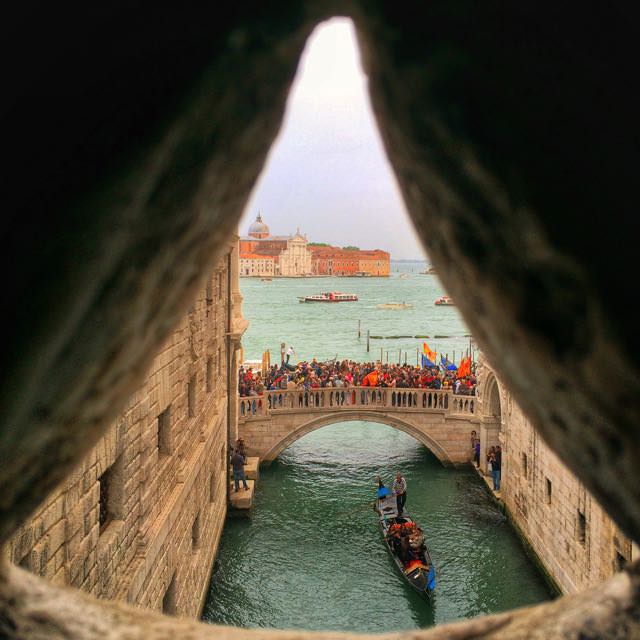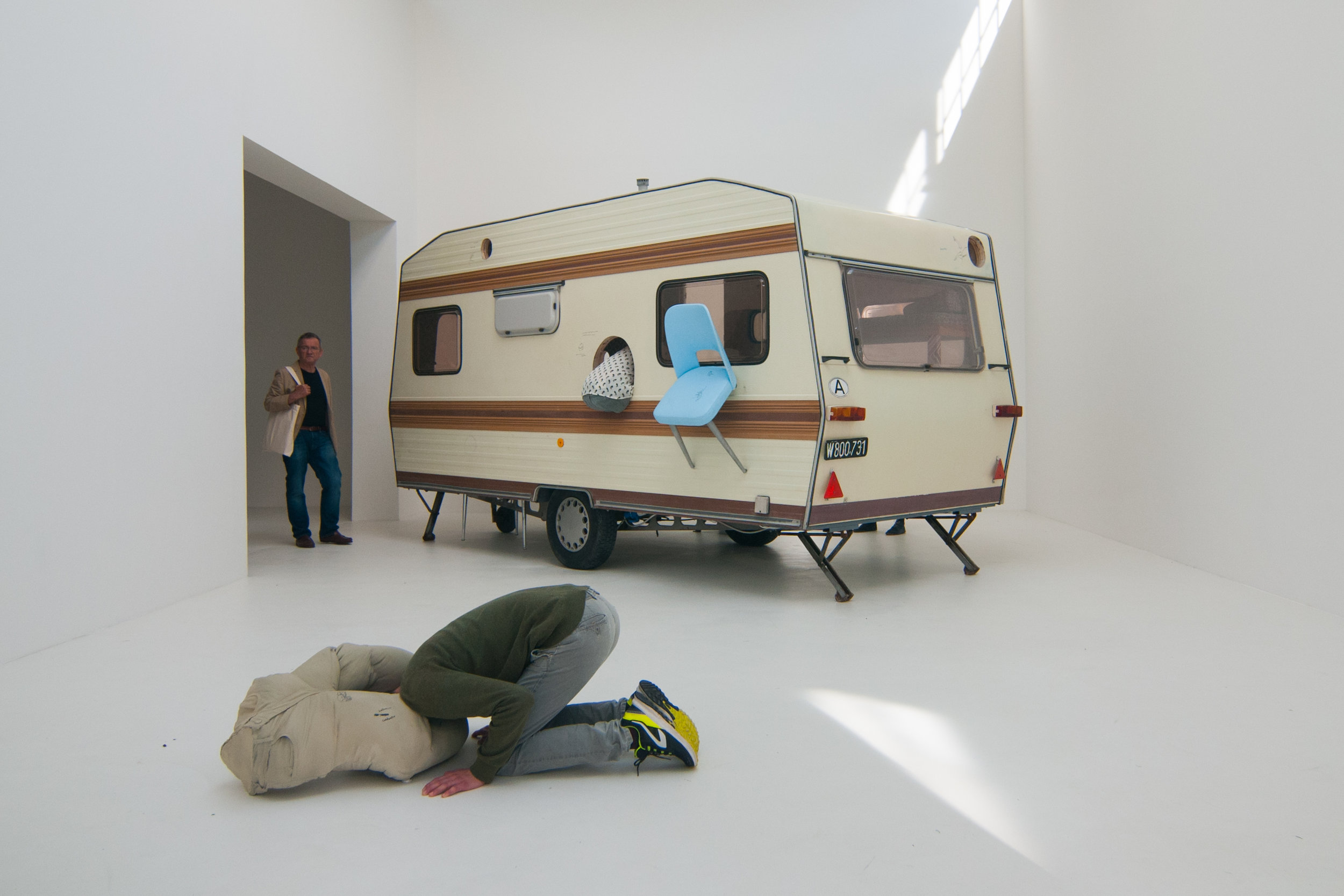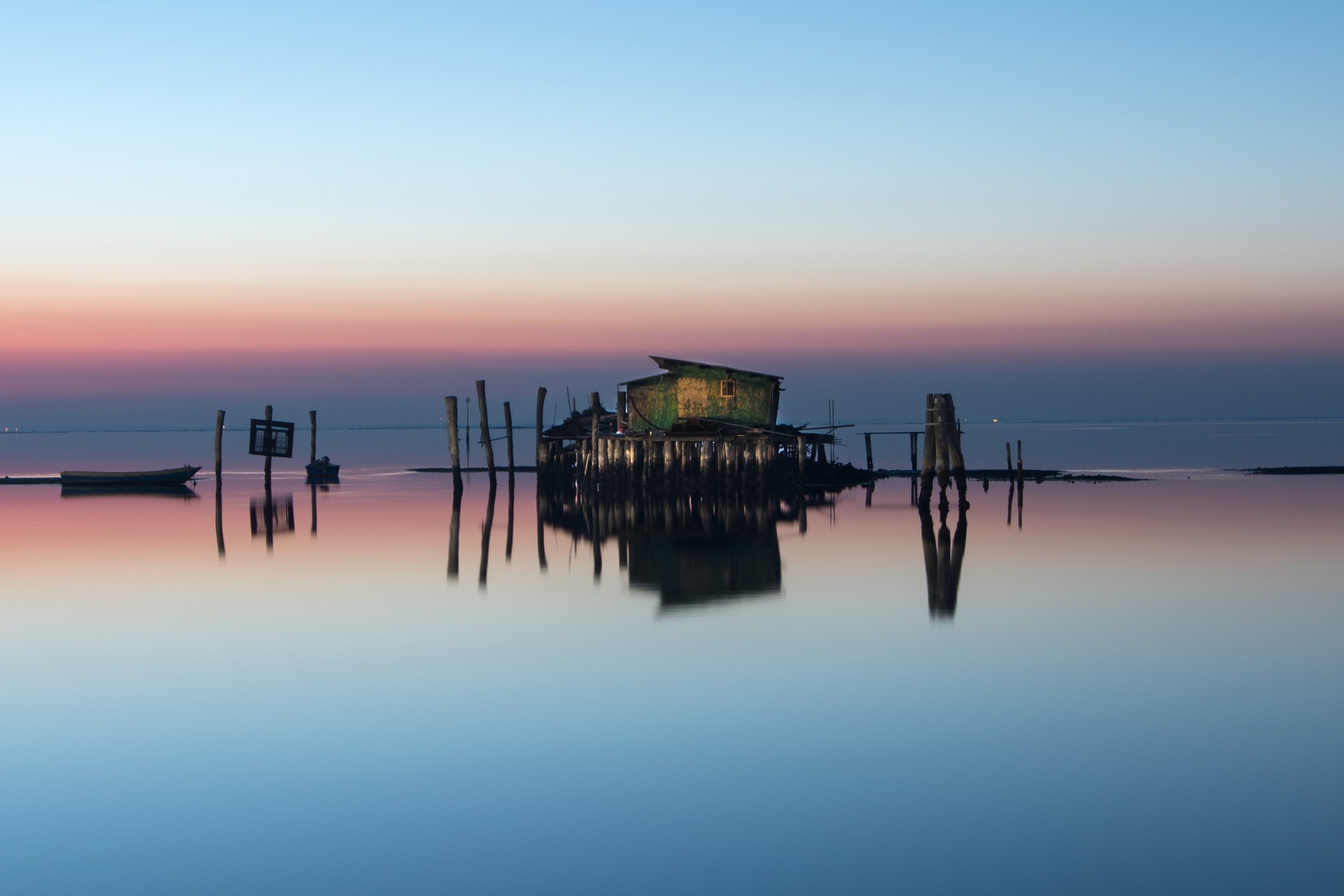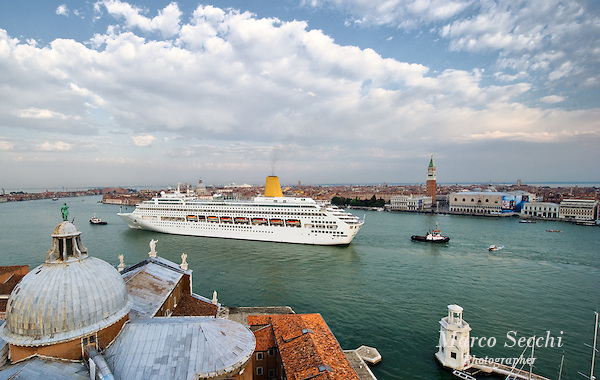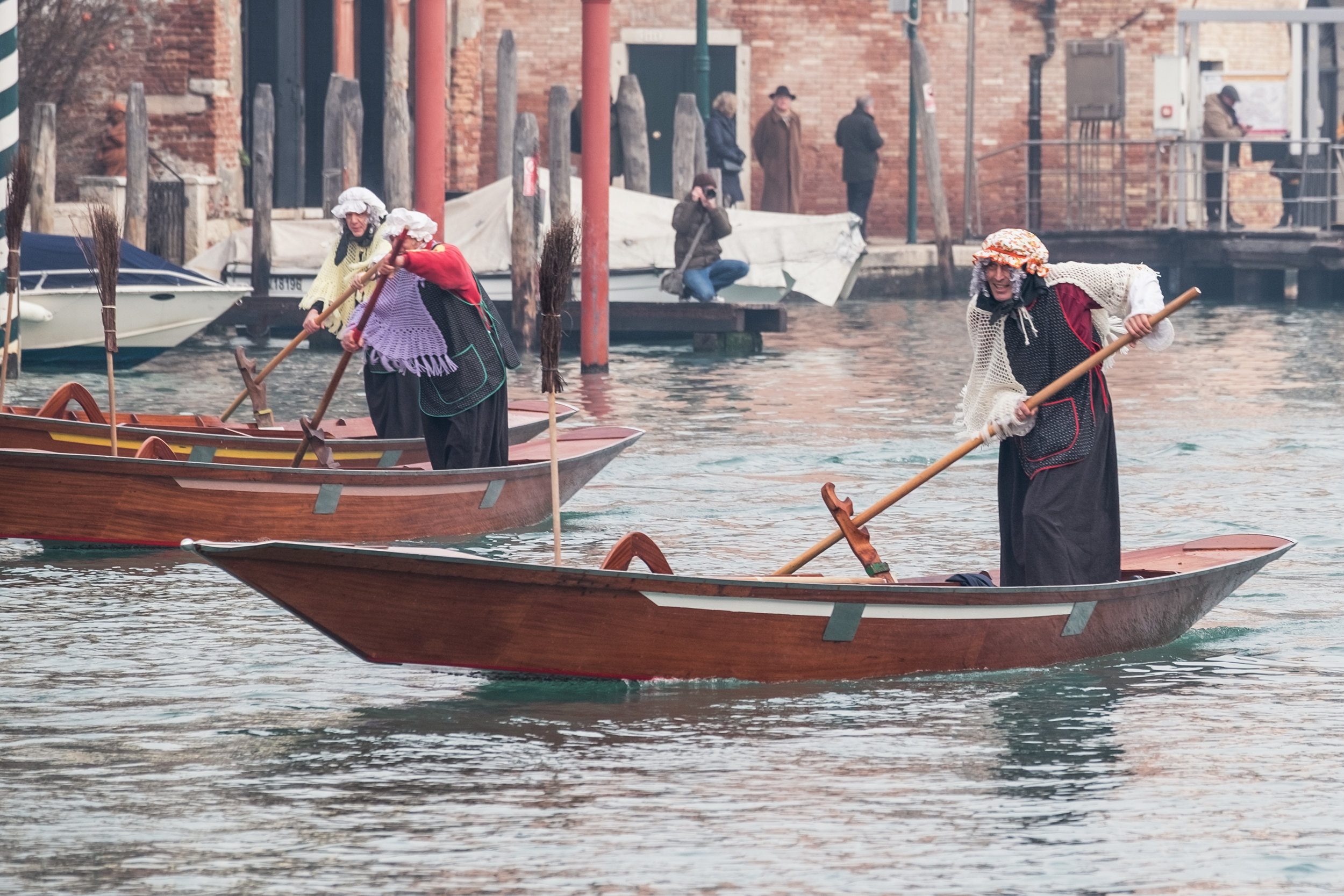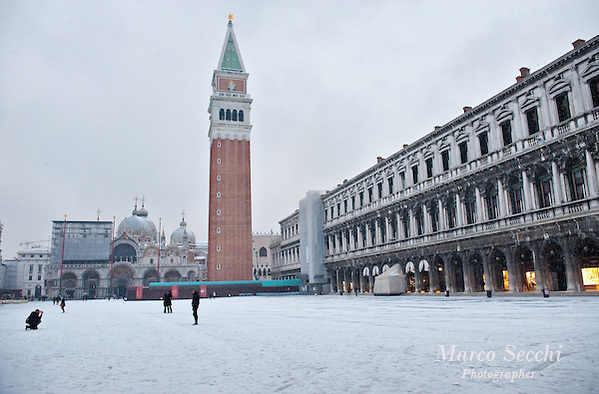These are some of the islands you can enjoy in the Venetian Lagoon:
Burano, laces and fishing tourism
All visitors of Burano remain intrigued by the many colours and the colorful houses that are reflected into the green waters of channels, by the leaning bell tower, by the tranquility and the calmness with which the elderly ladies embroider original Burano lace by their tombolo (or lace pillow), while they are laughing and chatting in squares among them. It seems to be in paradise. Children who dart freely with their bicycles, balconies with multicolored flowers, fishermen who put up fresh fish from their traditional boats.
Although in lacemaking in Burano is the main craftsmanship attraction, enchanting is also the "lume glass working": a technique born in the nearby island of Murano, but also widespread in the other islands of the Venetian Lagoon. Burano is not an exception to this and it is quite easy to come across some little shops where you can admire this type of Murano glass processing. Real glass factories in miniature, such as the shop located in Fondamenta Giudecca 132, inside a typical and small green house.
If you search for a place to eat like a local, Burano is very famous for its fish dishes, the most famous of which is the "risotto de gò": the broth in which the rice is cooked and creamed is extracted from the "gò" a fish typical of the Venice lagoon, known in English under the name of "goby". The dishes of the Burano's cuisine are served in restaurants, who despite being known from the point of view of the quality of the service, in the kitchen maintain the genuineness of a typical old "trattoria buranella" (a Burano's tavern) and where you can still eat delicious fresh fish.
Pellestrina island
The ideal time to come is the summer, when the inhabitants of Pellestrina organize the festival of the “Madonna dell’Apparizione” (Our Lady of the Apparition), and visit the beautiful sanctuary that was built in 1717 on the site where the Virgin Mary appeared to a young boy and advised him to pray for the salvation of Venice. It was the time when the city was besieged by the Turks, and the following day, the Venetians won the Battle against their opposers.
Torcello Island
Torcello is an enchanting island, populated by only 10 Venetians, and is mostly known for “Attila’s Throne” — an ancient stone chair that probably belonged to the Podestà and had nothing to do with the king of the Huns — The Devil’s Bridge, the Cathedral of Santa Maria Assunta, and the Locanda Cipriani.
But a real treat that is for the few is the Casa Museo Andrich, where artists Lucio Andrich and Clementina De Luca lived. Andrich was an Italian painter, engraver, sculptor and mosaicist, who collaborated with his wife Clementina, producing a body of work of about 1,300 art pieces. Their enchanting property is also an educational farm, where you can learn about their cultivation techniques, the wildlife populating the lagoon and the history of its formation.
Torcello was an inspiration for creative minds such as Ernest Hemingway, who spent some time on the island during the late forties writing "Across the River and Into the Trees." The same poetic flair can be captured by the legacy of Andrich’s creations.
Sant'Erasmo island
Sant'Erasmo is an island that is part of the Northern Venetian Lagoon, it's sparsely inhabited but second in size after Venice.
It is one of the few islands in the Lagoon of Venice where cars are present, even if only the residents can drive them because there isn't any way for a tourist to bring his car on the island.
Sant'Erasmo is located in the exact center between Burano, Murano and Punta Sabbioni and its position gives it a fertile land so as to be the Venetian Lagoon's agricultural island, rich in orchards and vineyards: very famous are the violet artichoke of Sant'Erasmo.
The island of Sant'Erasmo is reachable from the "Venice Fondamente Nove", "Treporti Ricevitoria" or "Murano Faro"'s water-bus stop through the ACTV public ferry line or with a private transfer.
Santa Cristina Island
The lagoon has more private islands than you would expect. But some of these are abandoned, or have been acquired by big corporations and transformed into luxury hotels, such as San Clemente Palace Kempinski. But there also private islands that have been transformed into eco-resorts, where the sumptuousness of being sheltered in nature is the epitome of haute villégiature.
That is the case with the ravishing Santa Cristina Island, that has been transformed by the Austrian couple Rene and Sandra Deutsch into a sublime retreat for exclusive guests, who can wander around the stupendous gardens, populated by peacocks and various bird species.
This exclusive sanctuary of well-being, that is accessible only by private boat, is fully sustainable. Isola Santa Cristina produces its own fresh drinking water, with wells that go hundreds of meters deep, harnessing cutting-edge technology to clean the water. The hotel’s vegetable patch is curated by local agronomists and an ancient fishing farm has been reprised thanks to the collaboration with the Ca’ Foscari University of Venice.
La Certosa island
The island of La Certosa is a a green oasis in the Venetian lagoon.
La Certosa Island spreads across 22 hectares and is considered a green oasis of the Venetian lagoon. The humungous park is characterized by thickets of white, black and ash poplars, alternating with non-native tree and shrub species.
In ancient times it was called the Isola di Sant'Andrea del Lido or also Isola di San Bruno in honor of the founder of the Carthusian Order. The charter house consisted of two islands separated by a long canal and in 1424 the Church of Sant’ Andrea Apostolo, that was built by Pietro Lombardo.
Here you can admire masterpieces by Titian, Palma il Giovane, Bartolomeo Vivarini and Tintoretto. Two Doges were buried in this church and several weddings are still celebrated with bucolic flair, as wild goats roam about.
Isola del Lazzaretto Nuovo
The Isola del Lazzaretto Nuovo (New Quarantine) should not be mistaken with the Lazzaretto Vecchio (Old Quarantine), which in 1423 was a plague hospital and today is the headquarters of the Venice Film Festival's Virtual Reality installations. The Lazzaretto Nuovo was built later, in 1468, for incoming ships and cargo, where crews and goods were inspected for signs of sickness.
The island can be visited between April and October, only on Saturdays and Sundays. You will see the chief building on the island, the “Tezon Grande,” that used to store the goods from quarantined ships. Under the regime of Napoleon, and later the Austrians, the Lazzaretto Nuovo was used as the lagoon’s military defense system, known as “Le Fortificazioni,” that today is used as an exhibition space.


